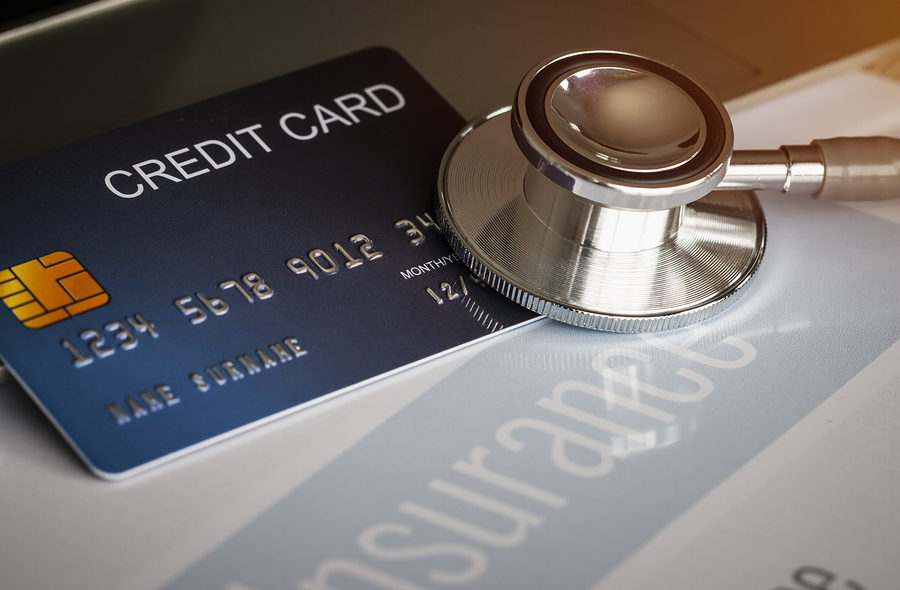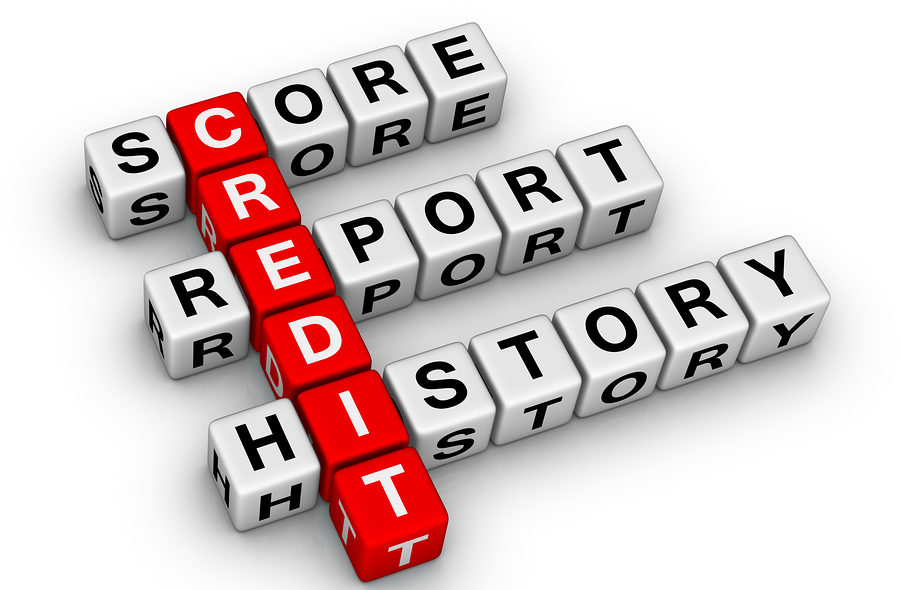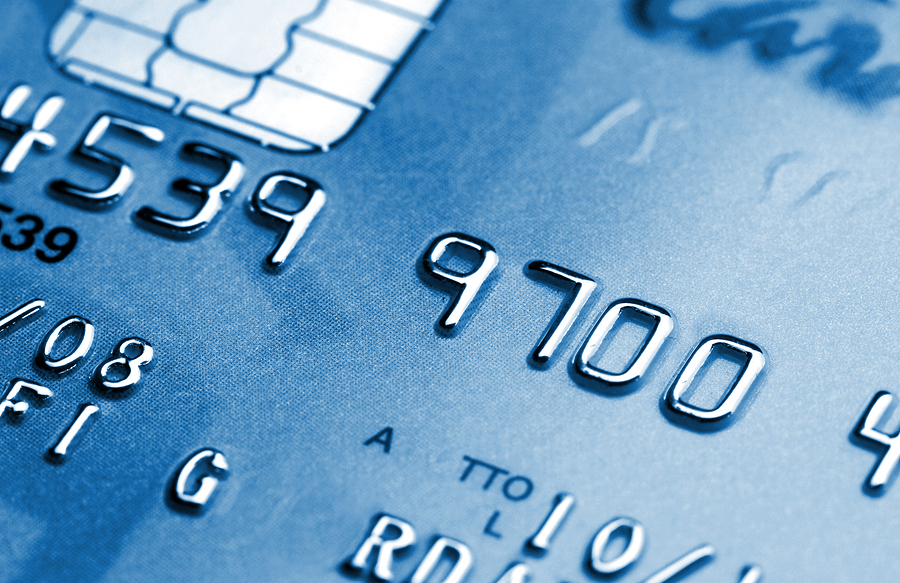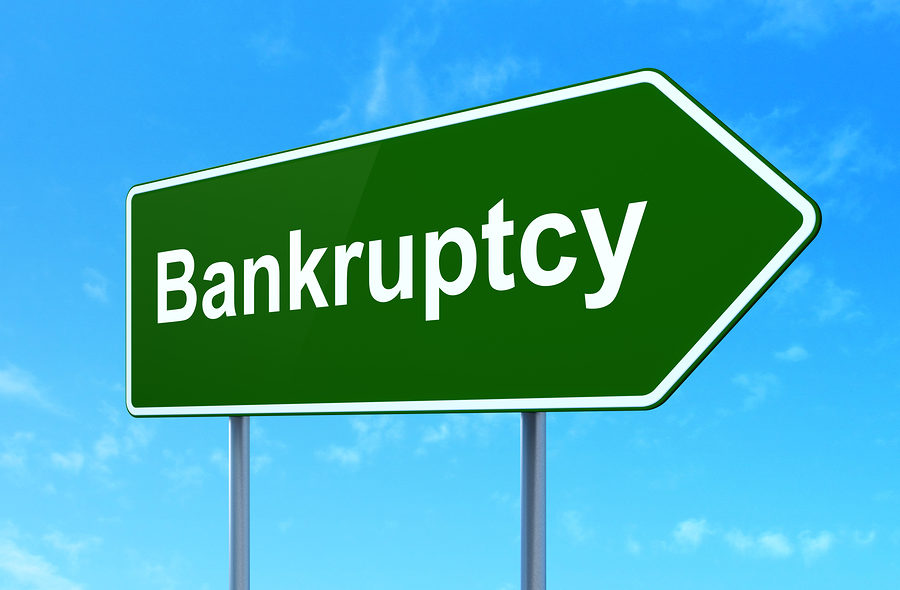With the cost of medical care increasing every year, many Americans are struggling to pay their medical bills. According to a recent study from NerdWallet, medical costs have increased 33 percent since 2009, while the national median household income has only increased 30 percent. To keep up with these costs, many consumers are forced to pay for their medical bills with credit cards. The problem is credit card interest rates can range anywhere from 10%-30% and come with additional fees and costs if timely payment is not made. Medical bills are expensive and paying them with your credit card will only add unnecessary interest fees to your bills.
Here are some tips that can help you avoid having to put medical bills on a credit card.








